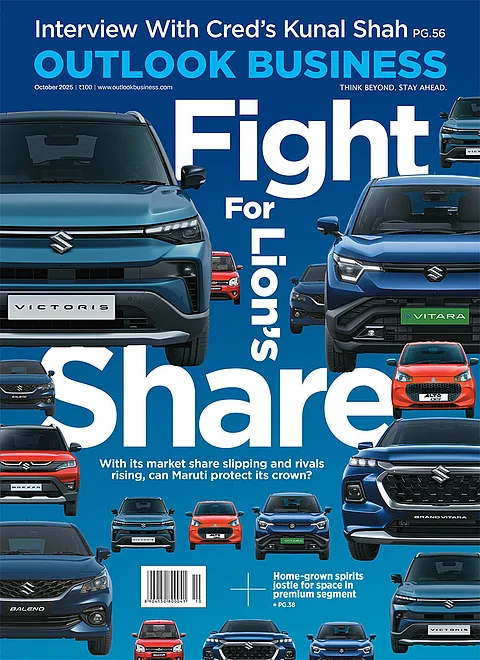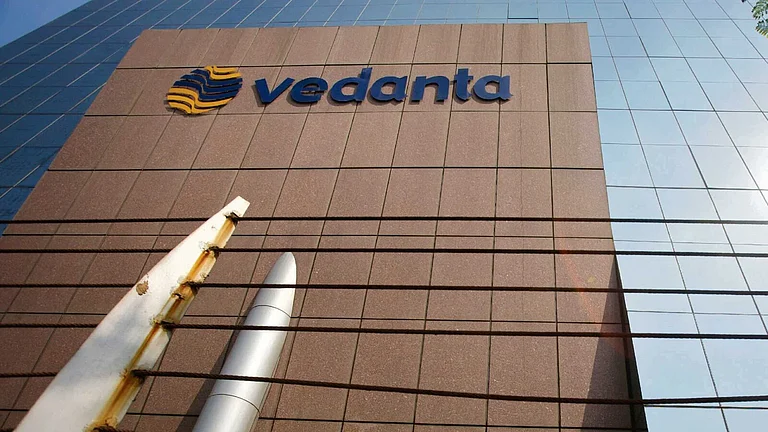This winter, apart from boots — which were everywhere — the one common strand appeared to have been coats. Worn short, cinched at the waist, casually belted, it was unfortunate that most people referred to them simply as “jackets” or “coats” when the distinctive styling should have screamed “trench”. Few items of clothing — apart from the ubiquitous jeans — have had as historical a lineage. The fiercely contested “trench” appellate is most closely associated with British fashion house Burberry, which created the design for the androgynous coat, which it submitted to the Military Office in 1901 (though it was 1914 when the trench coat became available for officers), though Aquascutum counters the claim, insisting it had designed the first version in the 1850s.
Over the decades, the trench coat has ruled the ramp in the West, with every fashion house purloining its most popular features — the shoulder epaulettes, cuff straps, D-ring, storm flap and back slit — varying the length, and changing its classic double-breast, 10-button version to single-breasted, variously buttoned, with a collar profile that has kept pace with fashion, and a belt that is looped, or knotted, rather than buckled. This winter, extremely short coats were in — and the back vent and shoulder flap were circumvented. But it was the trench that was everywhere, an overwhelmingly military look to counter an increasingly terrorist-struck world.
The trench has sometimes been annoyingly mistaken for the “Mac” or macintosh — raincoat to you and me — developed by Charles Macintosh. While the trench has had a long association with Hollywood (in which movie detectives are seen sporting them), in Bollywood of the forties and fifties, villains often wore the trench-like Mac (perhaps because of Bombay’s warmer weather). Playboy models have been featured in (or mostly out of) trench coats, and everyone from Madonna to Prince Charles have been spotted in them by fashion-watchers.
In India, before we opened up to the luxury branded market of the West, Indian travellers, especially men, had the trench copied by the neighbourhood tailor, though they referred to them as “greatcoats” or “overcoats”. If they were less than successful, it is because the original Burberry trench used cotton gabardine — a fabric it had developed — or poplin, or cotton drill, with a removable woollen underlay, ideal for the wet, windy weather of the Continent, while in India tailors worked with heavy woollen fabrics that rendered them ungainly. Since those early decades, designers have experimented with everything from synthetic fabrics to rare skins, turning the trench into a must-have icon for fashionistas.
To popularise the trench in India, Burberry introduced guests at the launch of its seventh Indian store, to its Art of the Trench social network site (www.artofthetrench.com) where people can upload photographs of themselves in trench coats, and post comments. The social site hopes this will result in a deeper association between Burberry and the trench. In India, streetside photographer Manou was picked to shoot Jacqueline Fernandez and Neha Dhupia, among others, wearing their favourite trench coats. Nor was the brand worried that its social site was making an appearance at the end, rather than the start, of the Indian winter. It cited travel to the West, where the cold season is at its height, as reason enough to reach out to Indian travellers who, if they want to fit in while at work in Davos or New York, or holidaying in Paris or London, will find that travelling in the trench is as good as it gets.
The author is a Delhi-based writer and curator












 Just one email a week
Just one email a week